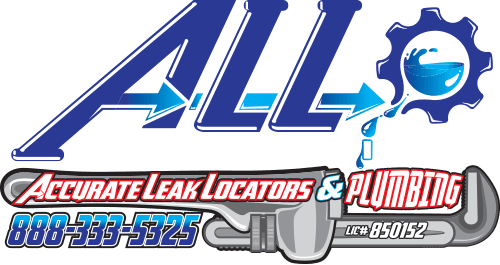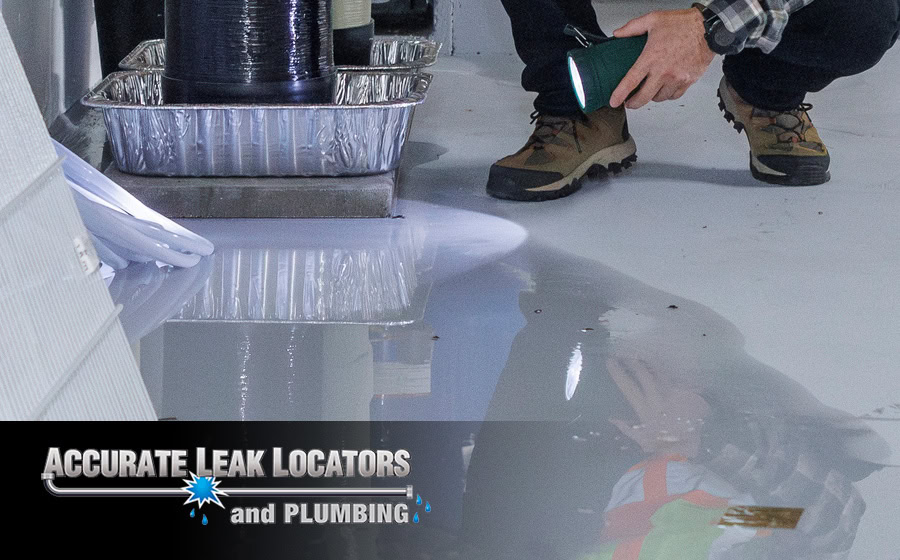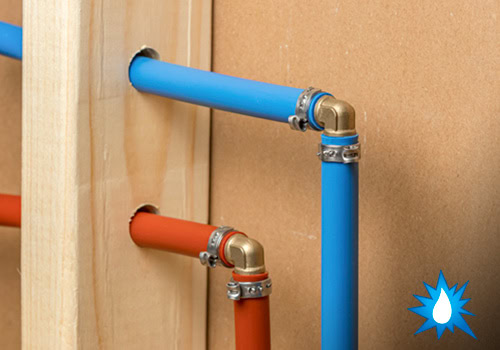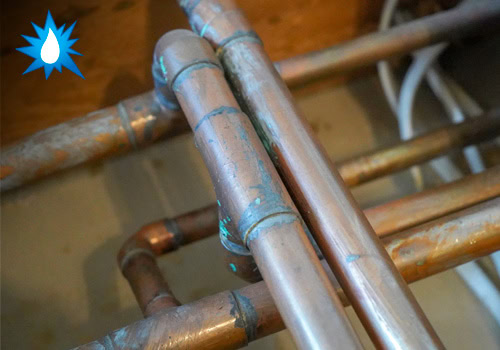Slab Leaks: What to Look For and What to Do About Them – Your Guide from the Pros at Accurate Leak Locators and Plumbing
So, you’ve just noticed that something’s a little off with your plumbing. Maybe you’ve spotted a puddle on your floor where there shouldn’t be one, or your water pressure is acting more like a gentle drizzle than the mighty stream you’re used to. Don’t panic (yet)! It might just be a slab leak and require a slab leak repair, and believe it or not, you’re not alone. These sneaky leaks are more common than you think, and trust us, you definitely want to catch them early. So, let’s break it down for you in simple terms.
Call (888) 333-5325
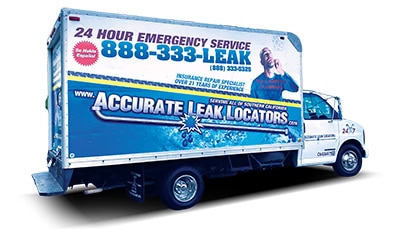
- The First Signs of a Slab Leak
- Slab Leak Inspection
- Top 5 Slab Leak Repair Options
- Choosing the Right Repair Method
- Piping Repair Options
- Our Emergency Service Areas
The First Signs of a Slab Leak
(Or, How to Know You’ve Got a Plumbing Mystery on Your Hands)
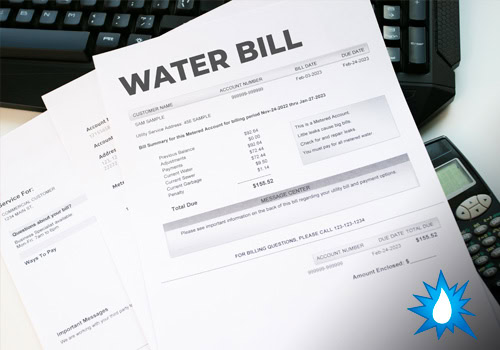
- Water coming up from the floor – Yes, you read that right. If your floor feels like it’s got a hidden fountain underneath, you’ve got a problem. This is the “hey, something’s wrong!” sign.
- Wet carpet – If your carpet is acting like it’s trying to swim, there could be a leak underneath it. Concrete and water don’t mix well!
- Decreased water pressure – You turn on the shower, and instead of the usual glorious stream of water, you’re getting a trickle. Not ideal. Slab leaks can steal the pressure right from your faucets.
- Your water heater is constantly running – Is your water heater working overtime? It’s probably trying to keep up with water that’s leaking out from somewhere, constantly needing to be replaced.
- High water bill – When your water bill spikes for no apparent reason, it might be because you’ve been unwittingly watering your foundation. Not fun, right?
If any of this sounds familiar, don’t just sit there wondering what’s happening! It’s time to call in the pros (that’s us, Accurate Leak Locators and Plumbing – nice to meet you).
What Happens When You Call Us:
The Pressure Drop Test and the Search for the Leak
You’ve noticed the signs, and you’ve made the smart move by calling us. Now what? First things first, we’ll do a pressure drop test. This helps us confirm whether there’s a drop in pressure coming into your home. It’s like a little plumbing detective work, and we’re the Sherlock Holmes of slab leaks.
Next, we’ll use our professional sound equipment to pinpoint the leak’s exact location. Think of it like a treasure hunt, but instead of gold, we’re looking for water – and we find it with precision.
Top 5 Slab Leak Repair Options:
1. Trenchless Repair for Drain Lines
Trenchless repair is a minimally invasive method that avoids major slab demolition by using small access holes.
- Process: This approach often involves pipe sleeving, where a resin-coated sleeve is inserted into the damaged pipe and cured to create a new pipe within the old one. Alternatively, pipe bursting replaces the old pipe by pulling a new pipe through it while breaking the old pipe apart.
- Advantages: Preserves the integrity of your flooring and landscaping while offering a durable and efficient solution. Trenchless repair minimizes disruption and reduces repair time significantly.
- Best For: Extensive damage in drain lines or pipes that are difficult to access under driveways or slabs.
2. Slab Penetration (Jackhammering)
Slab penetration, or jackhammering, is a more invasive method used to directly access leaking pipes by breaking through the slab.
- Process: A jackhammer is used to create a hole in the concrete slab above the leak. The damaged section of the pipe is then replaced or repaired, and the slab is patched and restored.
- Advantages: Provides direct access to the leak and is effective for addressing localized damage. It avoids rerouting and keeps the pipe in its original position.
- Best For: Leaks that are easily located and accessible, as long as they are not past a tension slab.
3. Slab Spot Repair
Spot repair is a focused method for addressing small, isolated leaks that are easy to access under the slab.
- Process: Using advanced leak detection tools, our professionals pinpoint the exact location of the leak. A small hole is made in the slab to access and repair the damaged pipe section. After the repair, the slab is patched and restored.
- Advantages: This is one of the most cost-effective methods, as it limits the scope of demolition and repair. It is fast and minimally disruptive compared to other options.
- Best For: Small, localized leaks where the surrounding plumbing is in good condition and no widespread damage is present.
4. Tunneling
Tunneling is a method used to access and repair leaking pipes by digging beneath the slab rather than breaking through it.
- Process: Tunnels are dug from the exterior of the building to the location of the leak, allowing repair crews to access the pipes without disrupting the interior of the home.
- Advantages: Avoids interior demolition and preserves flooring. It is labor-intensive but minimizes disruptions inside the home.
- Best For: Larger-scale repairs or when interior slab penetration is impractical. (Note: Tunneling is generally not recommended in California due to structural concerns.)
5. Epoxy Restoration
Epoxy restoration targets specific areas of damage within a pipe, sealing cracks and leaks internally.
- Process: The pipe is cleaned and prepared, and an epoxy resin is injected into the damaged areas. The resin cures in place, sealing any leaks and restoring functionality.
- Advantages: Non-invasive, cost-effective, and ideal for addressing minor damage. It extends the life of existing pipes without the need for full replacement or rerouting.
- Best For: Pipes with small, localized cracks or leaks that are otherwise in good condition.
Factors to Consider When Choosing a Repair Method
- Location of the Leak
- How accessible is the leak under the slab? Easily reachable leaks may require only minor repairs, while hard-to-access leaks may necessitate rerouting or tunneling.
- Condition of the Existing Pipes
- Are the pipes old and deteriorated, or relatively new and in good shape? Older systems may benefit from repiping, while newer ones can often be repaired.
- Severity of the Leak
- Is it a small, localized issue, or a widespread problem affecting multiple pipes? The extent of the leak will influence whether a simple repair or a more extensive solution is required.
- Cost of Repair
- Compare the costs of different repair methods to find the most economical option that still ensures long-term reliability.
Piping Repair Options
The Band-Aid or the Full Rebuild? PEX or Copper?
- Small Pinhole Leak – If it’s a minor issue, we can simply replace that portion of the pipe and call it a day. Easy fix, and you’re back in business.
- Old, Corroded Pipes – If your house is older and the pipes are looking worse for wear (hello, rust!), we may recommend a repipe. This could be a partial repipe (just the problem line) or a full repipe of all your plumbing lines, depending on the condition.
Should You Repipe in PEX or Copper?
(Pros and Cons)
Here’s a little secret: Many older homes are still using copper pipes, which can corrode and leak over time. These days we recommend PEX piping. If you’re scratching your head wondering what PEX is, you’re not alone. PEX stands for cross-linked polyethylene. Sounds fancy, right? In simpler terms, it’s just a type of plastic – the same kind of plastic that your milk containers, sandwich bags, and squeeze bottles are made from. It’s a pretty versatile material, and the truth is, you probably use polyethylene in some form almost every day without even thinking about it.
Repiping with PEX
- Cheaper – Let’s face it, who doesn’t love saving a little money?
- Easier to Install – We get the job done faster, which means less disruption in your life.
- Less Corrosive – PEX resists the corrosion that copper often succumbs to over time. It resists scaling, and the chlorines in water won’t break it down the way they might affect copper. It’s like the superhero of pipes.
Repiping with Copper
- More Expensive – Due to the material cost and labor involved.
- Sediment Buildup – Can clog the system and lead to water pressure issues.
- Durable – Better for outdoor elements or where fire resistance is important.
- Rodent Resistant – Hard to chew through and not a tasty treat.
So, What’s the Right Choice for You?
Here’s the bottom line: The decision between PEX and Copper isn’t just about choosing one over the other. It’s about weighing the pros and cons in the context of your specific situation. Our team at Accurate Leak Locators and Plumbing is here to help you make the right decision based on your home’s needs and your budget. Whether you go with PEX or Copper, we’ll make sure the job is done right, so you can rest easy knowing your pipes will be good for the next 10, 20, or even 50 years.
At the end of the day, the choice is yours—but now at least you have a little more knowledge in your corner!
The Bottom Line
Slab leaks don’t have to be a disaster if you catch them early. So, if you spot the signs—wet carpet, low water pressure, or a water heater that’s working overtime—give us a call. At Accurate Leak Locators and Plumbing, we’re the experts at finding and fixing slab leaks quickly and efficiently. Whether it’s a minor fix or a full repipe, we’ve got your back.
And, fun fact: a typical bathroom has more cold lines than hot lines! Toilets, for example, only need cold water, and a full bathroom can have up to 3 cold lines and 2 hot lines. So, if you’re repiping, we’ll make sure it’s all set up for efficiency and future leak repairs (because we all know things like to break at the most inconvenient times).
Let’s save your foundation (and your wallet) together. Call us today!
Got a leak? Don’t wait for it to get worse. Call Accurate Leak Locators and Plumbing and we’ll have your home dry in no time!
